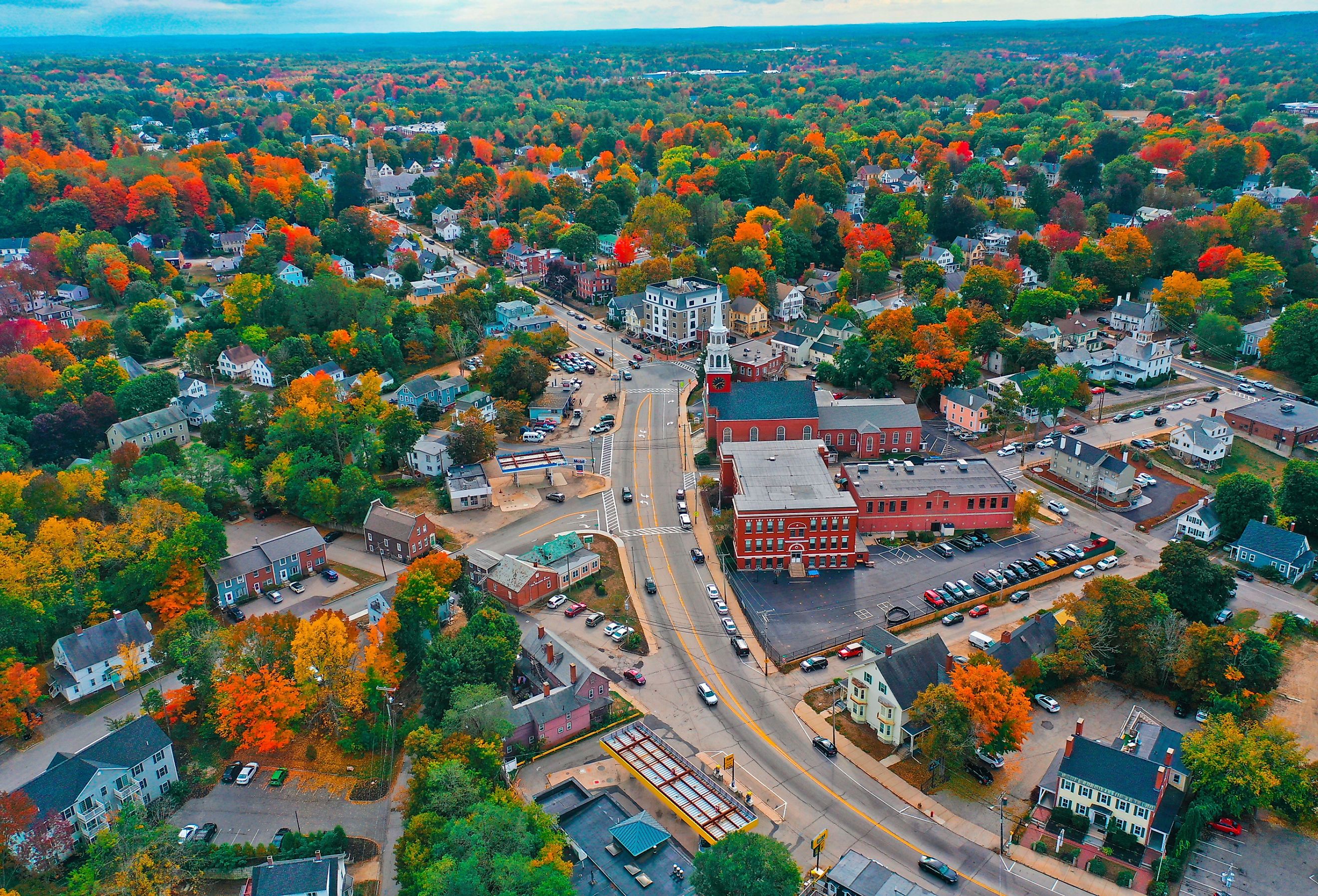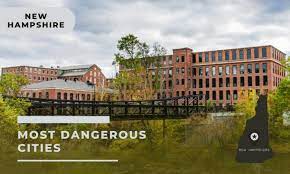Highlighting Most Dangerous New Hampshire Cities Amidst State’s Overall Safety
Report Highlights Most Dangerous New Hampshire Cities, Revealing Challenges Beyond Crime Rates
New Hampshire, known for its beautiful scenery and friendly people has some places where living can be tough. A report from RoadSnacks looked at crime numbers to find out which areas in New Hampshire are the most dangerous in 2024. They found that even though New Hampshire is generally safe, some places struggle with higher crime rates and other problems like not having enough jobs, low pay and not many programs to help people.
READ ALSO: 2024 Top 10 Worst Neighborhoods In Memphis You Must Know Now!

Unveiling Top 5 Risky New Hampshire Cities: A Glimpse into The Granite State’s Challenges in 2024. (PHOTO: WorldAtlas)
New Hampshire’s Wealth Disparity Sparks Debate on Tax Policies and Community Support
Despite New Hampshire’s status as one of the wealthiest states in the nation, disparities in wealth and safety persist prompting scrutiny over the allocation of state funds. Certain areas within the state continue to grapple with financial hardship and security concerns sparking discussions about the need for revised tax policies to ensure equitable assistance for all residents. As dialogue surrounding the report intensifies efforts are underway to support the most struggling communities in New Hampshire emphasizing the importance of not only reducing crime but also fostering equal opportunities for success. The findings underscore the ongoing necessity for collective action to ensure safety and prosperity across all regions of New Hampshire.
5 Risky New Hampshire Cities In 2024
1. Manchester. Manchester, the largest city in New Hampshire is grappling with significant safety issues as it holds the unfortunate distinction of being the state’s most dangerous city. With a population of 113,018, Manchester reported concerning figures of 2,096 violent crimes and 2,560 property crimes in 2020 highlighting elevated risks for its residents. Despite its lively downtown and thriving small businesses the city continues to struggle with high crime rates, posing threats to both personal safety and property. Situated along the Merrimack River and in close proximity to Boston, Massachusetts, Manchester’s central location is overshadowed by these safety challenges prompting concerns about the welfare of its residents.
2. Rochester. Rochester, ranked as the second most dangerous city in New Hampshire, is contending with a notable uptick in property crimes, violent offenses and aggravated assaults, despite its comparatively lower murder rate. Housing a population of 31,762, the odds of experiencing involvement in a violent or property-related crime within Rochester are concerning standing at 1 in 33. Throughout 2020 the city registered 72 incidents of violent crime and 873 instances of property-related offenses surpassing crime rates observed in both larger urban centers and smaller rural communities across the state. Nestled in the southeastern region of New Hampshire and recognized as the Lilac City, Rochester’s adjacency to the White Mountains belies its ongoing safety challenges, prompting residents to express apprehension regarding their safety and well-being.
3. Conway. Conway, a favored tourist destination in New Hampshire unfortunately faces safety issues uncommon in other parts of the state. Its significant tourism industry and seasonal population contribute to a rising crime rate with many incidents targeting out-of-town visitors. In 2020, Conway ranked highest for rapes, sixth for property crimes and fifth overall for crimes in the state. As Carroll County’s most populous community hosting approximately 20% of the county’s residents, Conway’s proximity to the White Mountain National Forest and Echo Lake State Park attracts climbers to Cathedral Ledge. Despite its picturesque surroundings concerns persist about Conway’s safety prompting calls for increased measures to safeguard both residents and visitors.
4. Littleton. Littleton, a charming town nestled in New Hampshire with a population of just 5,862, grapples with concerning rates of violent crimes and homicides despite its small size. Despite its modest population, Littleton experiences more annual murders than cities three times its size ranking it as the fourth most dangerous place in the state. While it’s known for attracting outdoor enthusiasts seeking skiing, hiking or biking adventures, caution is advised for visitors exploring attractions like Littleton’s historic Opera House or the world’s longest candy counter. It’s recommended to visit these sites during daylight hours and to stay alert about personal safety. Despite its appeal, Littleton continues to face safety challenges prompting calls for enhanced measures to protect both residents and visitors.
5. Somersworth.In Somersworth, New Hampshire, the risk of experiencing property crime or theft surpasses the likelihood of being struck by lightning or facing a tax audit. Throughout 2020, residents reported 396 property crimes and 366 instances of larceny resulting in Somersworth having the highest overall crime rate in the state despite its population of 12,005. Despite this worrisome pattern Somersworth remains one of the most cost-effective places to reside in New Hampshire potentially contributing to the prevalence of property crimes in the region. Situated about an hour north of Boston and in close proximity to historic Portsmouth, Somersworth shares a border with Maine along the Salmon Falls River. Despite its favorable location and affordability the city’s elevated crime rate prompts ongoing discussions among residents and officials on enhancing safety and security measures for all.
READ ALSO: 10 Most Dangerous Cities In Oklahoma – Darkest Spots!

















































